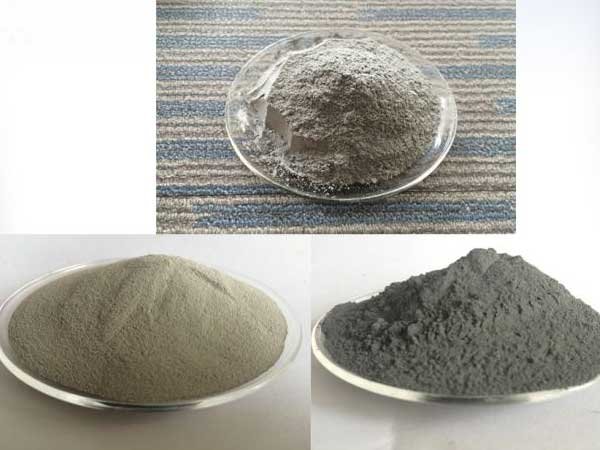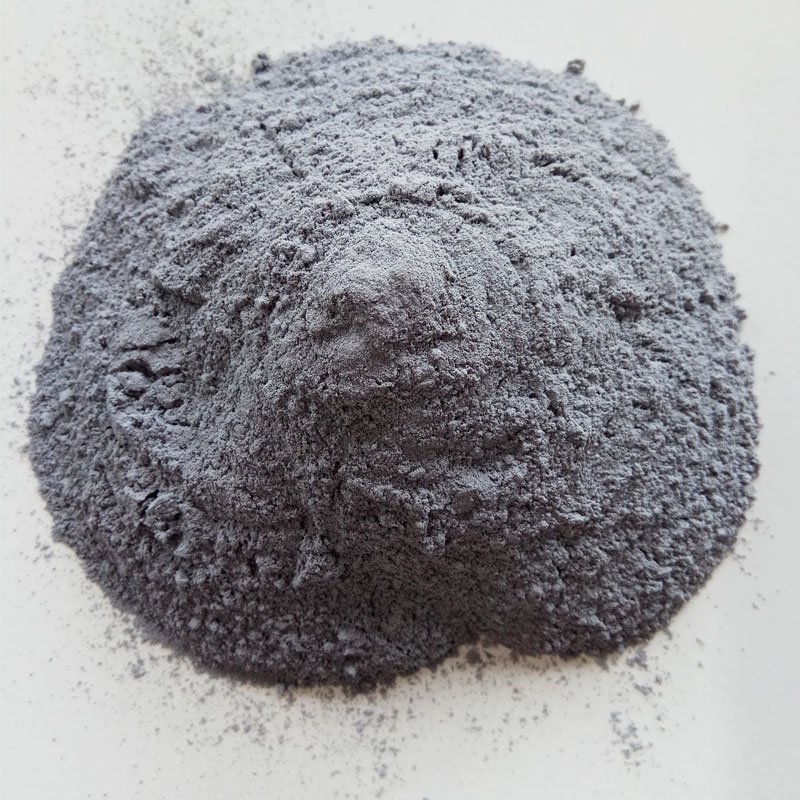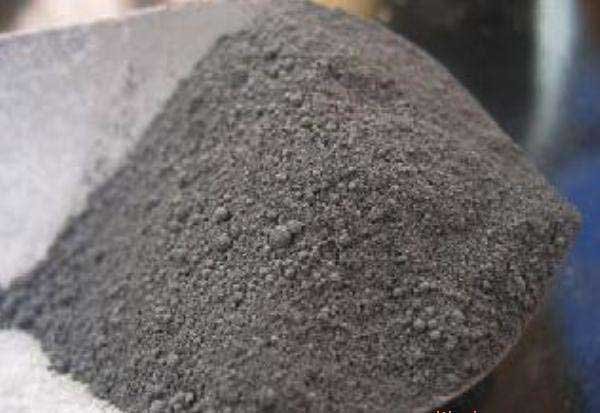A number of countries, including Japan, Australia, France, Brazil etc., have developed standards for the local use of silica fume. Canada pioneered the development of standards: CAN/CSA A23.5-M86 Supplementary Cementitious Materials, was the first comprehensive national standard that also covered silica fume.
Standard Norge – the Norwegian body for standards – published NS 3045 in 1992, which it submitted to CEN (Comité Européen de Normalisation/European Committee for Standardization) for development into a European Standard.
Standards development for the European construction industry is governed by the Construction Products Directive (89/106/EEC) replaced in 2011 by the Regulation 305/2011 laying down harmonised conditions for the marketing of construction products: Regulation 305/2011
For silica fume, a Working Group (WG9) was established under the Committee for Concrete and Related Products (TC 104), the group that is responsible for EN 206: “Concrete – Part 1: Specification performance, production and conformity”.
The American Society for Testing and Materials has also published the ASTM C1240 – 12 Standard Specification for Silica Fume Used in Cementitious Mixtures: ASTM C1240.
Differences between CSA and ASTM:
Some of the initial primary differences between the CSA and ASTM standards were the allowance of up to five percent limestone additions in some of the CSA cement (dating back to the early 1980s), maximum air contents on all types of ASTM cement, different values for most of the specifications, and numerous differences in the test procedures and equipment specified.



